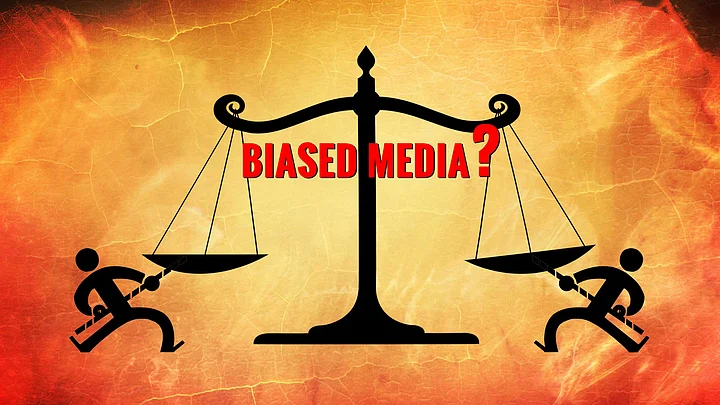There has been a glaring disparity between what Kanhaiya said on 9 February 2016 and how it was reported, kickstarting a huge debate in the media world.
There are two versions of the same video – one allegedly doctored – that are making the rounds on social media. One video shows the president of JNUSU Kanhaiya Kumar saying, ‘Cheen ke lenge Azadi’. The second video, is reportedly the undoctored version of the protest that day, where he was shouting slogans for freedom from poverty.
With balanched and thorough reportage increasingly taking a knock, and trial by media scarily commonplace, what should the consumer believe in?
In a piece for The Wire, Siddharth Varadarajan took on the TV channels which aired the doctored video.
From fabricating a case to resorting to violence and peddling forged ‘evidence’, all those who have worked to ruin a young life must be brought to account. There is no criminal law that readily applies to the journalists who for the past ten days have engaged in the character-assassination of Kanhaiya Kumar, putting his very life in danger. Some of them have sons and daughters who are Kanhaiya’s age, and yet felt not a twinge of guilt in feeding a young man to rabid dogs. Let our contempt for them be their punishment. They are a disgrace to journalism — and to India.
Times Now was quick to respond to this story with an on-air statement accusing The Wire for running a ‘factually inaccurate’ story.
Arnab Goswami claims that BJP spokesman, Sambit Patra, sought to play the clip on his iPad during a debate but was not allowed as the clip was not verified. Times Now stands by its comment of not directly airing the video.
Trust Us, We Know the Truth
Zee News, NewsX, Times Now and India News ran a video on the evening of 16 February 2016 in which, they claimed to ‘expose’ and validate JNUSU’s president Kanhaiya Kumar’s arrest on charges of sedition.
The running scroll (ticker) blazed questions such as ‘Can Kanhaiya be saved now?’ and ‘ hear Kanhaiya’s seditious rant’, among other suggestive questions and information.
Don’t Believe Them, Believe Us
Then came this report from ABP News, which claimed that an earlier version of the video was doctored and Kanhaiya was in fact screaming for freedom from poverty, communal bloodshed and social disparity.
Media Vs Media
The glaring question - why is the media so quick to jump to conclusion? Why is trial by media becoming so common? Is nothing sacred in the TRP game?
Sure, there are islands of sanity and responsible journalism. A Zee News producer recently quit over the ‘biased’ reporting by the channel in the JNU sedition row. NDTV’s Ravish Kumar questions the media trial of JNU students under the guise of nationalism.
Similarly, many senior journalists pointed out why it is crucial to tread with caution on an issue as complex as the sedition row in JNU.
Journalist Protest March
The journalists march of 16 February to the Supreme Court was meant to be a solidarity march. But the absence of some sernior journalists in the march triggered off a fresh war of words.
The JNU sedition case has once again thrown light on the growing tendency to jump to conclusions and convict someone, even before due judicial processes. This is a dangerous precedent we are setting. The importance of caution and balance cannot be over emphasized in such complex cases. Media houses owe fair reportage to their consumers, at the very least.
(At The Quint, we question everything. Play an active role in shaping our journalism by becoming a member today.)
